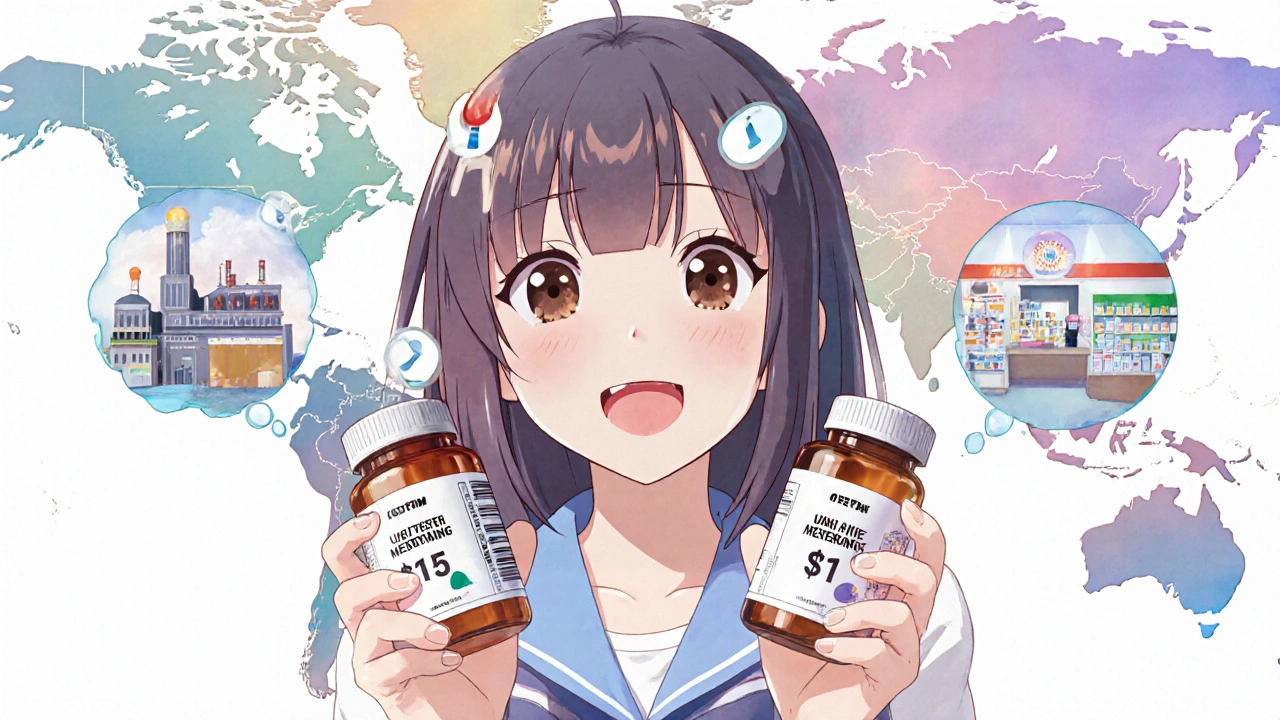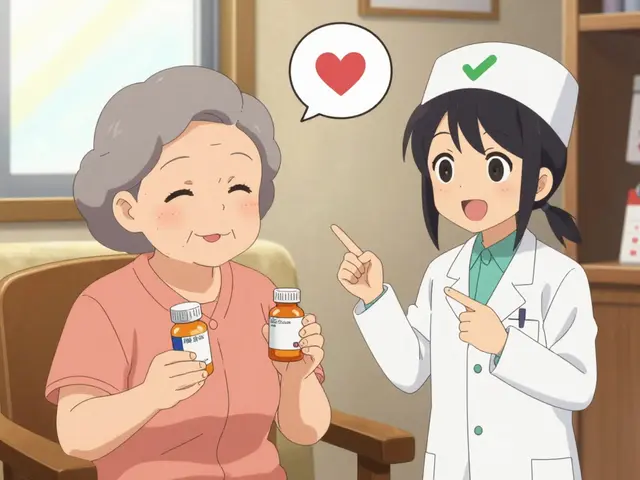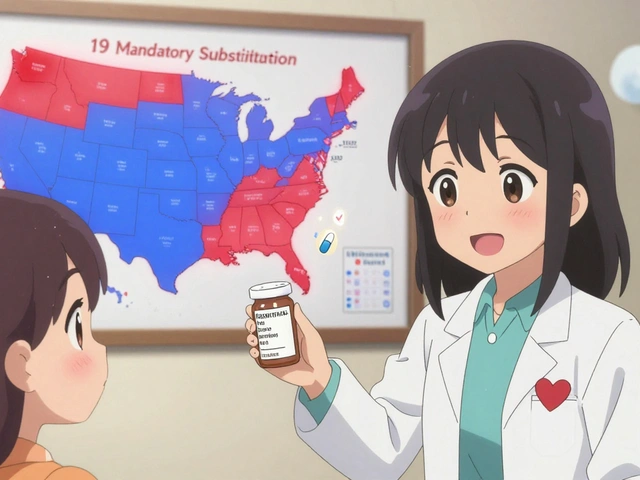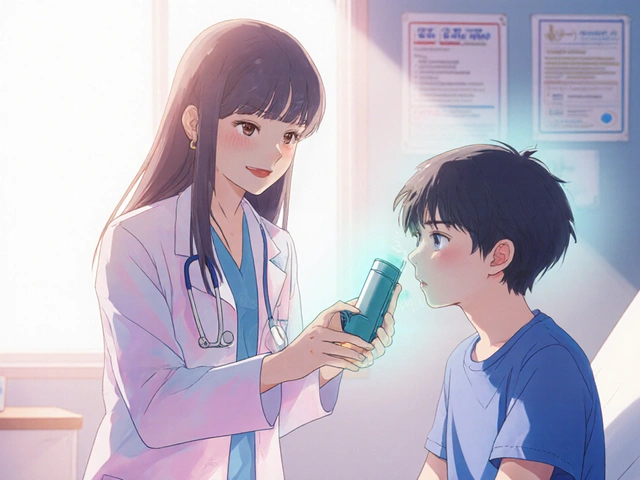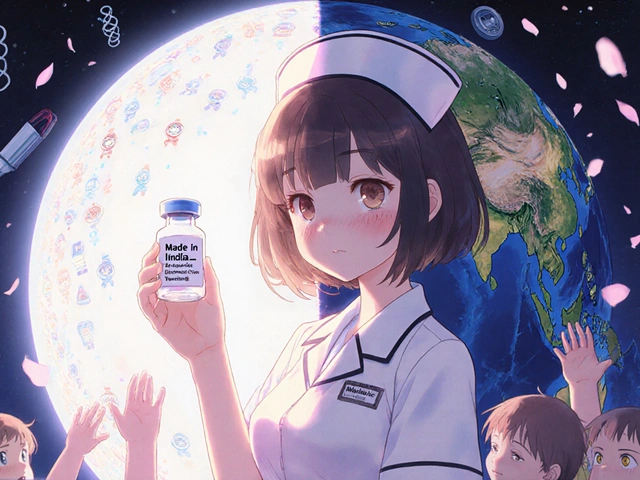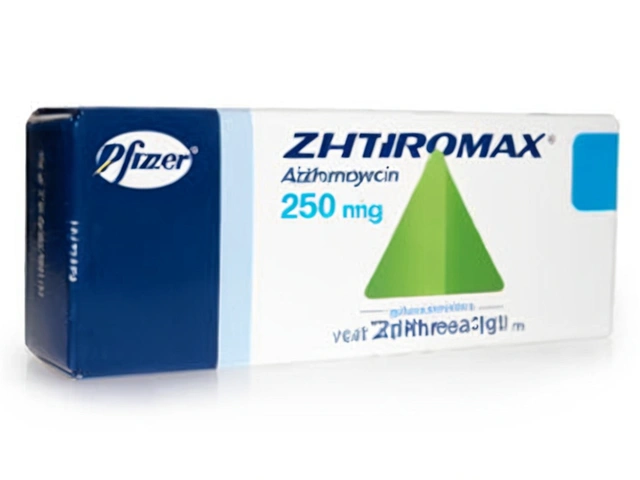Have you ever traveled abroad and realized your prescription medicine isn’t available-or costs three times more-than it does at home? It’s not a glitch in the system. It’s the global reality of generic drugs. The same pill, made by the same company, with the same active ingredient, can be priced wildly differently depending on where you buy it. In the United States, you might pay $15 for a 30-day supply of metformin. In India, it’s $1. In Switzerland, it’s $45. Why? And more importantly, what does this mean for patients, doctors, and global health?
What Exactly Is a Generic Drug?
A generic drug is a copy of a brand-name medication that becomes available after the original patent expires. It must contain the same active ingredient, dosage form, strength, and route of administration. In theory, it should work the same way. In practice, it doesn’t always. While the FDA and EMA require generics to be bioequivalent-meaning they deliver the same amount of drug into the bloodstream within a narrow range-real-world differences in inactive ingredients, manufacturing quality, and even packaging can lead to unexpected side effects or inconsistent results.
For example, patients switching from a U.S.-made generic levothyroxine to an Indian-made version have reported changes in heart rate, weight, and energy levels. Not because the thyroid hormone changed-but because the fillers, binders, or coating differed. These aren’t rare cases. They’re documented in patient forums, pharmacy blogs, and even clinical studies. The drug is technically the same. But the experience? Not always.
Why Do Some Countries Have Way More Generics Than Others?
The U.S. fills over 90% of prescriptions with generics. The United Kingdom? Around 83%. Switzerland? Just 17%. That’s not because Americans are more practical or Brits more frugal. It’s because of policy.
In countries like the UK, Netherlands, and Germany, pharmacists are legally allowed-and sometimes required-to swap a brand-name drug for a generic unless the doctor specifically says no. Insurance systems incentivize it. Patients are educated about it. Governments negotiate bulk prices. In Switzerland and Italy, doctors still default to brand-name drugs. Patients expect them. Insurers pay just as much for both. So why switch?
Canada sits in the middle. About 70% of prescriptions are for generics, but the market is less competitive than the U.S. There are fewer manufacturers per drug, which keeps prices higher. Meanwhile, India produces 40% of the generic drugs consumed in the U.S. and 20% of the world’s total. But here’s the twist: India’s domestic market doesn’t use many of those same generics. Local patients often pay more for them than people in the U.S. do. Why? Because the generics made for export are produced at scale, with razor-thin margins. The ones sold locally? They’re often branded or lack the same cost pressure.
The Price Puzzle: Why Is the U.S. So Expensive?
The U.S. is the world’s biggest spender on pharmaceuticals. It pays 2.78 times more than other wealthy nations for the same drugs-brands and generics alike. But here’s the paradox: it also has the highest rate of generic use. So why are prices so high?
One reason is lack of price negotiation. Medicare can’t negotiate drug prices directly. Private insurers often don’t either. Instead, pharmacy benefit managers (PBMs) act as middlemen, creating complex rebate systems that don’t always lower what patients pay at the counter. A generic drug might cost $2 to make, but after rebates, distribution fees, and markup, you pay $15.
Another issue is market consolidation. In 2021, 66% of off-patent drugs in the U.S. had two or more generic manufacturers. Sounds competitive, right? But for many drugs, only one or two companies actually make them. When one shuts down-due to quality issues, low margins, or regulatory trouble-the price spikes. In 2023, the FDA recorded 147 generic drug shortages. Nearly 70% of them came from single-source manufacturers in India or China.
And then there’s the problem of “evergreening.” Drugmakers file minor patent extensions-changing the pill’s shape, adding a coating, tweaking the release mechanism-to delay generic entry. Between 2015 and 2022, over 1,200 such patents were filed on just 12 top-selling drugs. That’s not innovation. That’s a legal delay tactic.

Manufacturing: Who Makes Your Pills-and Is It Safe?
Over 80% of the active ingredients in U.S. generic drugs come from overseas, mostly India and China. India alone has over 750 FDA-approved manufacturing sites. But approval doesn’t guarantee consistency.
A 2023 study from Ohio State University found that generic drugs made in India were linked to 54% more severe adverse events-including hospitalizations and deaths-than those made in the U.S., especially for older, low-margin drugs like metformin, doxycycline, and hydrochlorothiazide. Why? Cost-cutting. When a pill sells for pennies, manufacturers cut corners: cheaper raw materials, less rigorous testing, inadequate facility maintenance.
The FDA inspects foreign plants-but usually gives advance notice. That means companies clean up before inspectors arrive. In the U.S., inspections are unannounced. The result? A safety gap. Patients in the U.S. might get a generic made in India that looks identical to one made in the U.S.-but doesn’t perform the same. And they won’t know until they feel worse.
Global Inequality in Access
This isn’t just about price differences between rich countries. It’s about access for the poor. In low-income nations, generic drugs are often the only option. But even those can be out of reach. A WHO report from 2024 found that in sub-Saharan Africa, only 30% of essential medicines are reliably available in public clinics. Why? Poor infrastructure, weak regulation, and reliance on donor-funded imports that come with delays and quality risks.
Meanwhile, high-income countries argue over whether generics should cost $1 or $10. But in places like Malawi or Haiti, the question isn’t about price-it’s about whether the drug is available at all. The global supply chain is fragile. During the pandemic, India halted exports of 26 key active ingredients. Suddenly, countries from Canada to Germany faced shortages of antibiotics and blood pressure meds. No one had backup plans.

What’s Changing-and What’s Not
There are signs of progress. The U.S. Inflation Reduction Act of 2022 aims to speed up FDA reviews for generics by 30%. The European Union is pushing for harmonized substitution rules across member states by 2030. The WHO now has a global benchmarking tool to measure regulatory quality and transparency.
But the big barriers remain. Regulatory fragmentation. Lack of price controls. Manufacturing oversight gaps. And cultural resistance. In Switzerland, patients trust the brand name. In the U.S., patients trust the pharmacy-but don’t always know what’s in the bottle. In India, manufacturers compete on price, not quality.
One promising development? AI is starting to help design generic formulations faster. By 2030, AI could cut development time from 5 years to under 2. That could mean more generics, faster, and with better quality control-if regulators keep up.
What This Means for You
If you’re taking a generic drug, here’s what you should know:
- Don’t assume all generics are equal. If you switch brands and feel different-fatigue, nausea, dizziness-talk to your doctor. It might be the filler, not the drug.
- Check the manufacturer. Many pharmacies list the maker on the label. If you’re on a critical drug like warfarin or levothyroxine, ask for a consistent brand.
- Don’t assume imported is cheaper or better. Buying from overseas pharmacies can save money-but also carry risk. Some are legitimate. Many aren’t. The FDA doesn’t regulate them.
- Advocate for transparency. Ask your insurer or pharmacy to disclose where your generics are made. Pressure lawmakers to support unannounced inspections and price caps.
Generic drugs were meant to make medicine affordable. But without strong regulation, fair pricing, and global cooperation, they’ve become a patchwork system-reliable in some places, risky in others. The pill in your hand might be the same as the one in someone else’s. But the system behind it? That’s anything but.
Why are generic drugs cheaper than brand-name drugs?
Generic drugs are cheaper because they don’t require the same costly research, clinical trials, or marketing as brand-name drugs. Once a patent expires, other companies can copy the active ingredient. They only need to prove bioequivalence-meaning the drug works the same way in the body. That cuts development costs by 80-90%. But that doesn’t mean they’re lower quality-just that they skip the upfront expenses brand companies pay to create the original drug.
Are generic drugs as safe and effective as brand-name drugs?
In most cases, yes. Regulatory agencies like the FDA and EMA require generics to meet strict bioequivalence standards. But safety isn’t just about the active ingredient. Inactive ingredients-like fillers, dyes, and coatings-can vary between manufacturers. For some patients, especially those on narrow-therapeutic-index drugs like warfarin or thyroid meds, these differences can cause side effects. If you notice changes after switching generics, talk to your doctor. Consistency matters.
Why do generic drug prices vary so much between countries?
It’s a mix of regulation, negotiation, and market structure. Countries like the UK and Germany negotiate bulk prices with manufacturers and require pharmacists to substitute generics. The U.S. doesn’t negotiate prices directly, and pharmacy benefit managers often take a cut. In India, production is cheap and competition is fierce. In Switzerland, doctors and patients prefer brands, and insurers pay the same for both. So even if the pill is identical, what you pay depends on where you live-and who controls the system.
Is it safe to buy generic drugs from online pharmacies outside the U.S.?
It’s risky. Some international pharmacies are legitimate and licensed. Many are not. The FDA doesn’t regulate them, so there’s no guarantee the drug is real, safe, or even the right strength. Patients have reported receiving fake, expired, or contaminated generics from unverified sites. Even if the price looks great, you’re trading money for uncertainty. Stick to licensed U.S. pharmacies or verified international partners like those on PharmacyChecker’s approved list.
Why are there so many generic drug shortages?
Most shortages happen because only one or two companies make a particular generic-and they’re often in countries with weak oversight. When one facility fails an inspection, shuts down, or can’t meet demand, there’s no backup. Many of these companies are under pressure to cut costs, which leads to quality issues. In 2023, 68% of U.S. generic shortages were tied to manufacturing problems, mostly from facilities in India and China. The system is fragile because it’s built on low margins and single-source production.
What’s being done to fix global generic drug disparities?
Several efforts are underway. The U.S. Inflation Reduction Act is speeding up FDA reviews. The European Union is pushing for uniform substitution rules by 2030. The WHO is improving global standards for regulatory quality. AI is helping design generics faster. But real change needs stronger international cooperation-especially on inspections, pricing, and manufacturing oversight. Without it, the gap between rich and poor countries-and even between patients in the same country-will keep growing.

